Dear Black and White community. I was introduced by my friends @jayparagat and @kellyane to join the #monomad challenge. I even received a comment last two days from @monochromes
"Can't wait to see your entries!" @monochromes
This is first my entry for the #monomad challenge.
Today we are going to travel Fuerte de San Pedro. It is an ancient military base in Cebu constructed by the Spanish was led by Miguel Legazpi. Fuerte de San Pedro was built circa 1920.
It is located in the area now called Plaza Independencia, Cebu City.
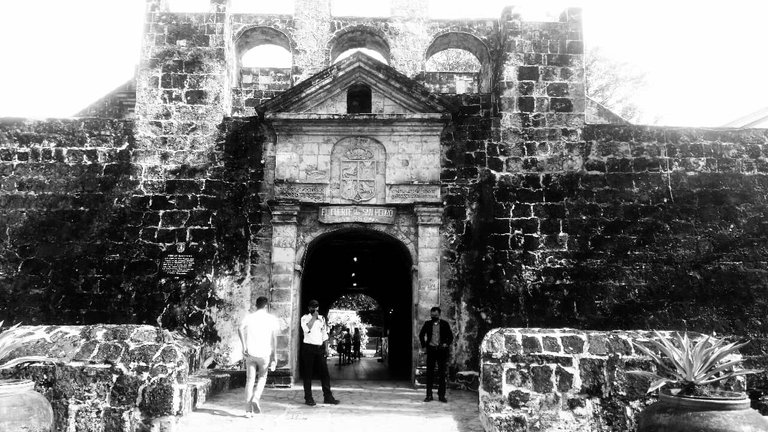
As we get inside, there are museums rooms where we can see old frame pictures.
The original structure of the Fuerte de San Pedro was temporarily built to provide immediate security to the members of the Spaniard's expedition.
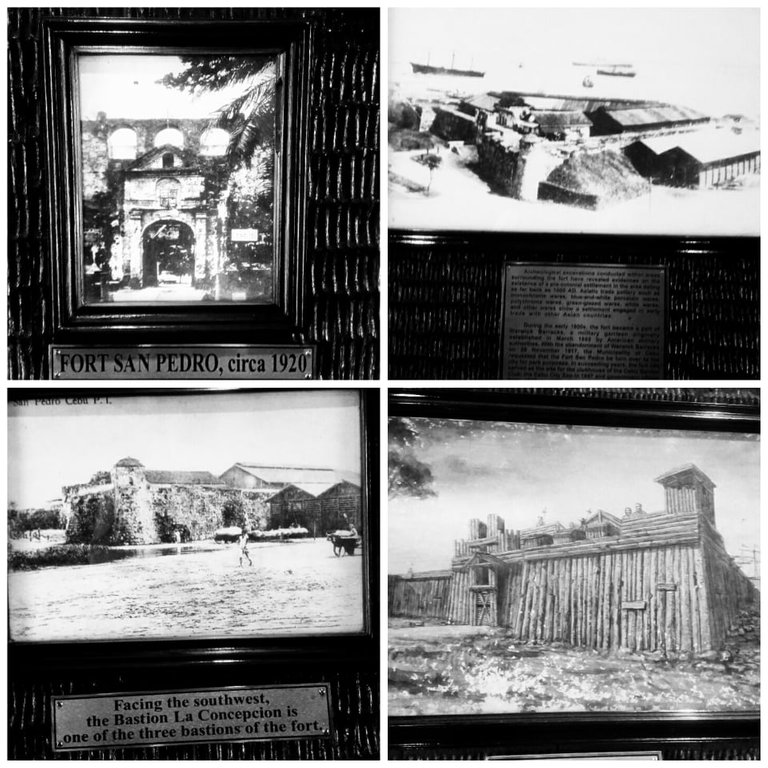
This map locates the geographical position of Cebu in the early 16th century. Map based on the drawing of Magellan's chronicler, when they arrived in Cebu in 1521.
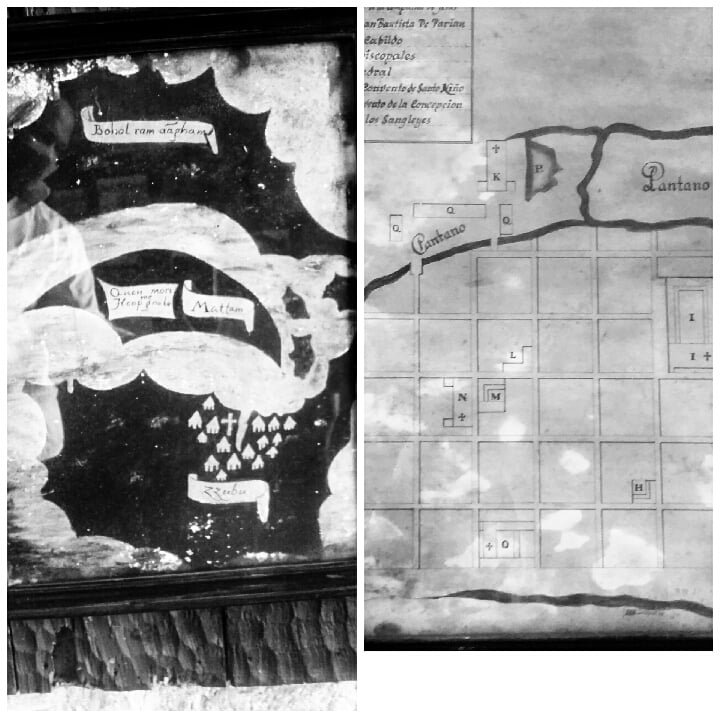
This is an old image of Ferdinand Magellan, Captain-General of the first Spanish expedition to reach the Philippines in 1521.

This image of Miguel Lopez de Legazpi founded the first Spanish settlement in the Philippines in 1565.
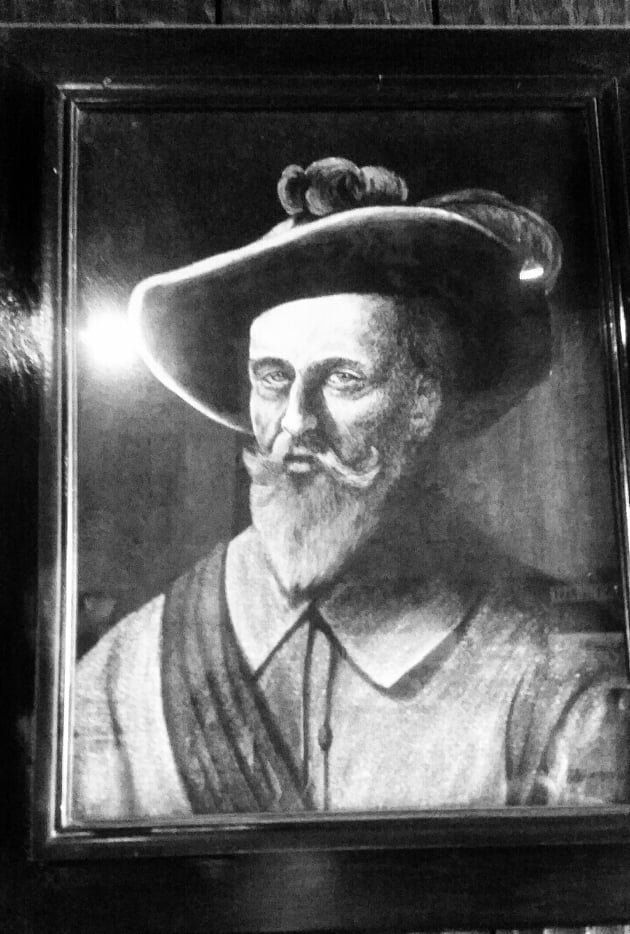
The planting of a cross by Ferdinand Magellan in Cebu.
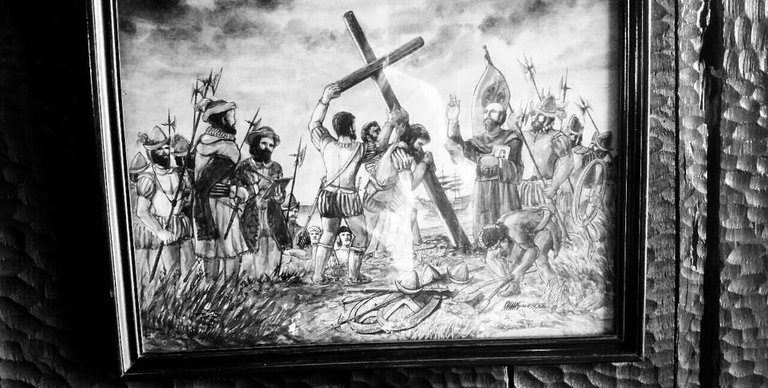
This is the handwriting of Emilio Dizon a Filipino general, who was head of "Katipunan".
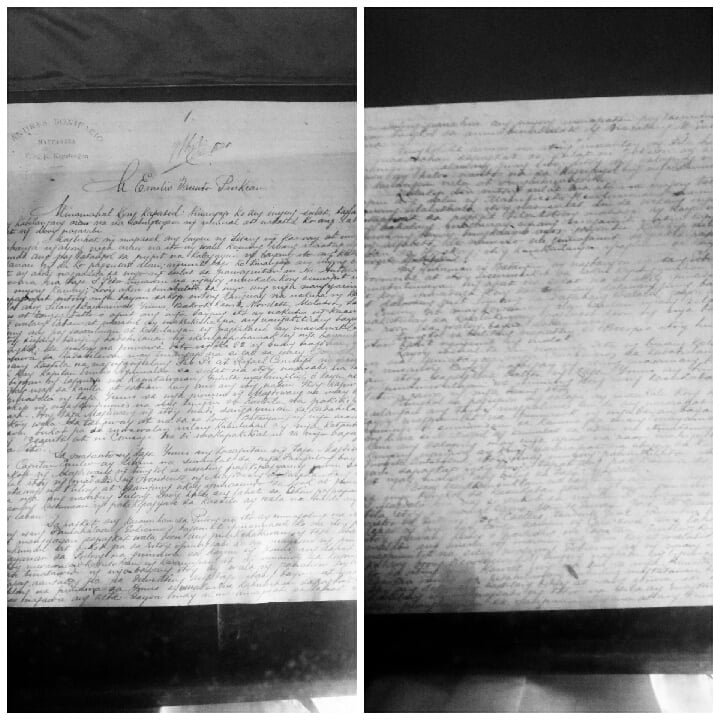
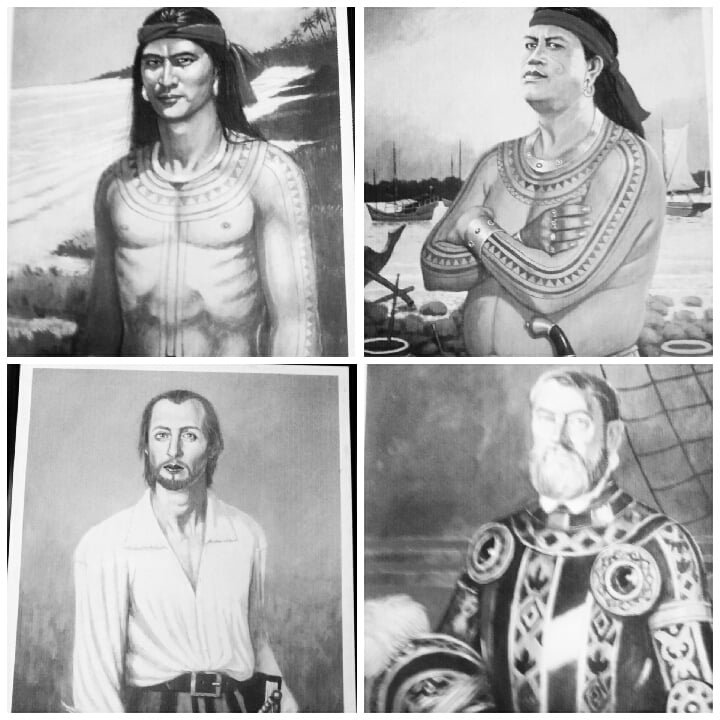
This picture showed the blood compact between Ferdinand Magellan and Rajah Humabon of Cebu.
It is an ancient practice to seal a friendship. They individually cut their hands and pour the blood into a cup and drink it.
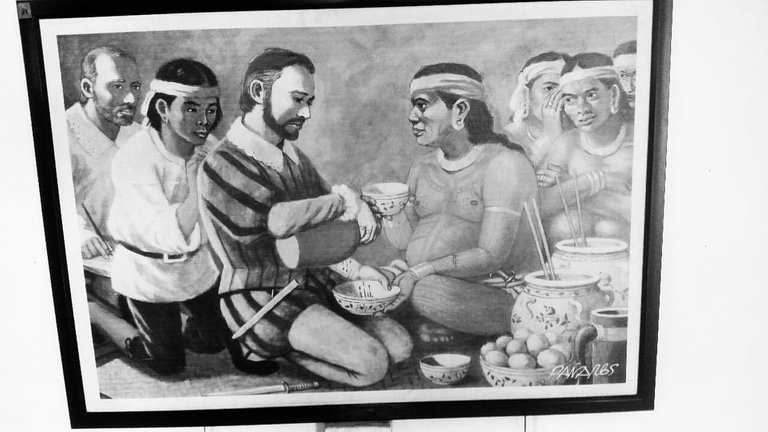
On the foreground of this photo are hemp-stripping machines. The people at the back could be hemp strippers. Thus, Hemp from abaca was one of the most important crops exported out of the port of Cebu in earlier times.

various sizes of earthenware are displayed in an open area. Since pre-colonial times pottery has been an important export product for trade-oriented islands of the Philippines including Cebu, an important trading center in the Visayas.
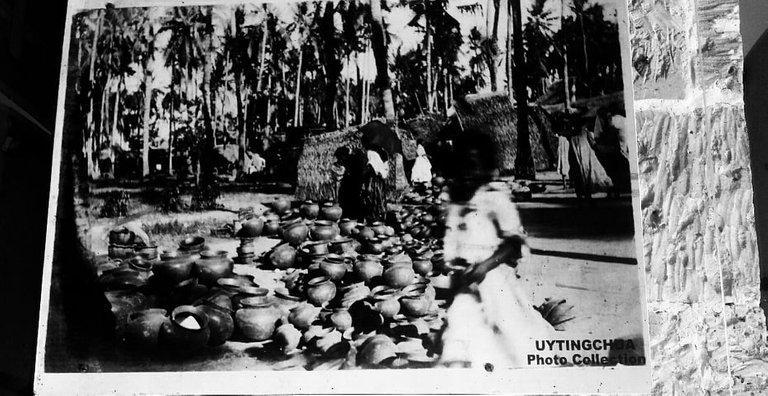
Washing clothes by the stream. A common sight in communities located near streams or rivers.
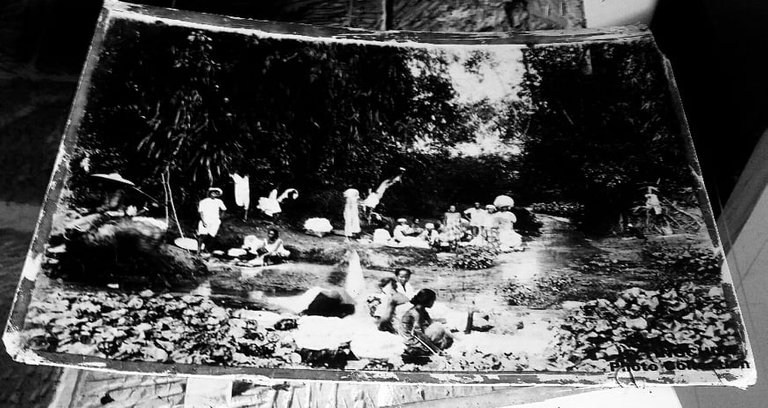
The Carcel de Cebu, later known as the Cebu Provincial Jail, was built by the Spaniards in 1871.
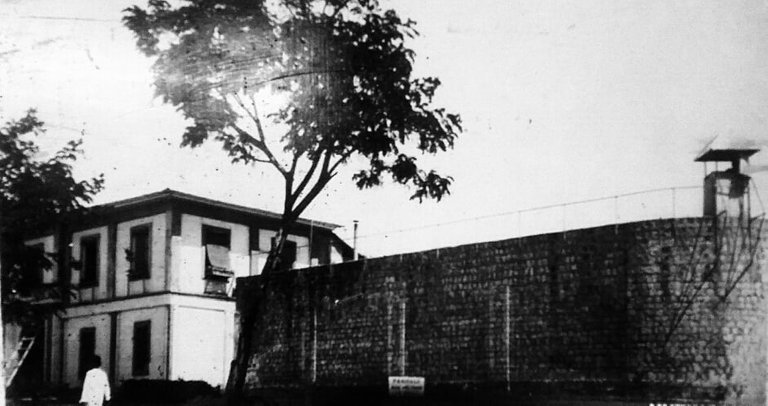
Build in the late Spanish period and renovated in the early American period, the casa tribunal de Cebu.

This fister folks their 'bancas' on a rocky shore. Ships docked at the water front. The high and the low tide. This picture was taken during the early American period.
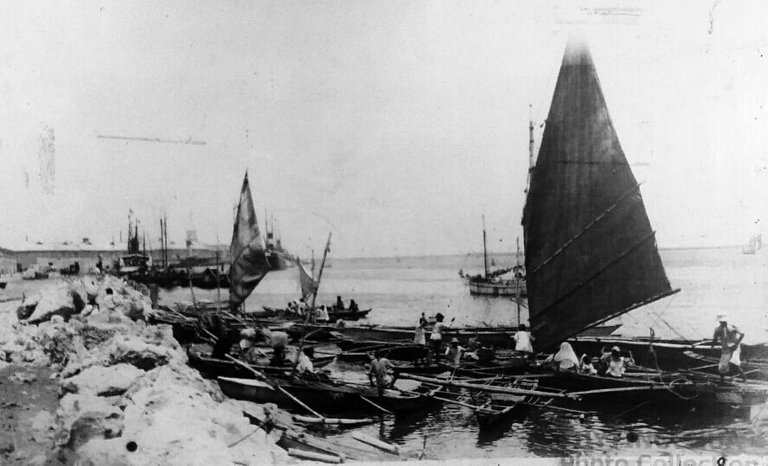
Established in 1928, the Cebu Country Club is one of the oldest and most admired golf clubs in Cebu. The district in which the country club is situated, Banilad, had in the late Spanish period been the site of the Banilad Estate owned by the Augustian order which was planted to cash crops such as sugar.
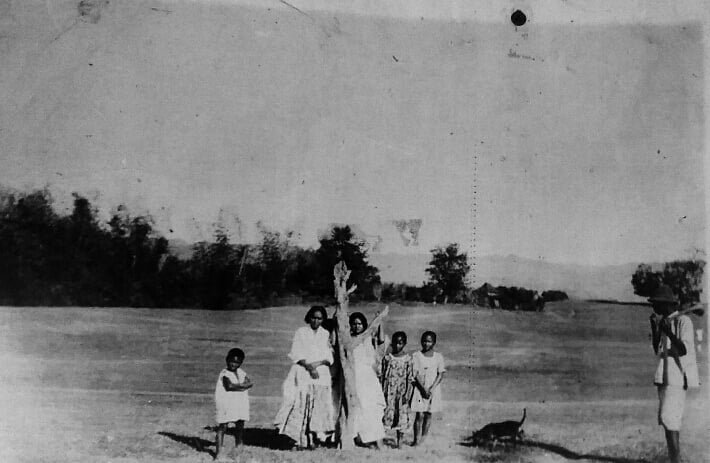
One of the treasures during the Spanish colonial period is the pipe organs. These are found in Cebu, one is in the Church of San Miguel in Argao and the Patrocino de Maria Church in Boljoon, both from the 18th century. The third one is found in the Cebu Cathedral.

Last Supper paintings on the ceiling of the Cathedral. This is of many ceiling paintings characteristic of old Cebu churches. These paintings also serve to teach the parishioners pictorial catechism.
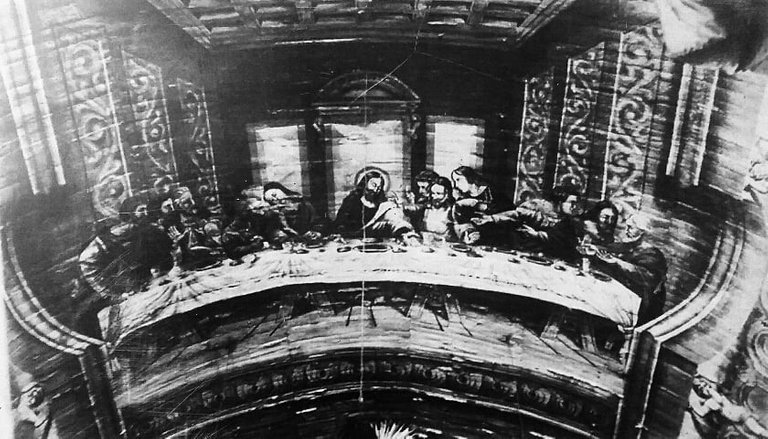
And my dear friends it is very important to know our history. Because the past will always teach us about the present. Thus, everything has a History. History helps us develop a better understanding of the world.
Thank you so much for your time reading by blog see you soon and take care!
Naa pa didtu ang remnants sa Spanish battleship? Amazing bya kaayu tu sa ilang museum. If you want to explore more museums, I highly recommend the Jesuit House, kanang sa Parian. 😃
i think so murang naa pa; wow, thanks for the recommendation. I will to visit place soon
Sigi, it's the oldest dated house in Cebu. 1730 man tingali tu ang year. Basta naa siya'y marker. Tindahan sa construction materials iyang gawas.
I love this content! I should visit this place soon. 😊
you have visit this place full of history. Thank you @queenmeiko22
Great shots !
Thank you @gerel , happy birhtday!
Welcome and thanks @sorenkierkegaard